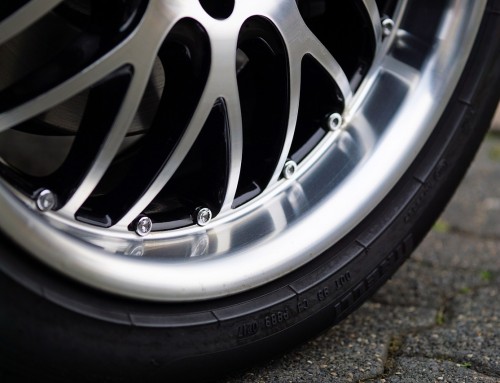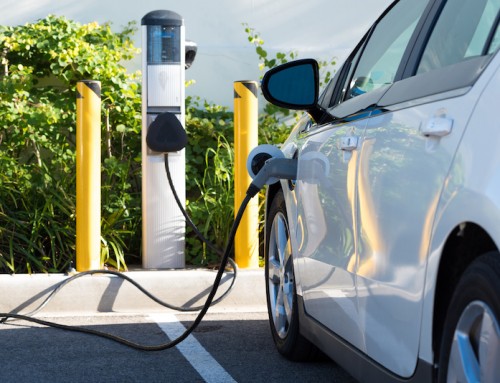Yup, it’s another winter related blog, this time about road salt. We all know that road salt is pretty important for winter driving. We also know what it can do to a car’s undercarriage and metal panels… namely rust!
Road Salt Lowers the Temperature
Simply said, salt lowers the temperature of ice to make it water so there’s some traction between your tires and the road. The salt doesn’t get rid of the ice completely in some places. But it can break up a sheet of ice so it’s not mirror-smooth. When you drive over the slushy mess, there’s some splash to the bottom of your car and the lower part of the metal panels. When salt is left to its own devices, it corrodes metal. Now, add to that the excess water from melted ice and the process can speed up. We’re all familiar with the white, powdery excess along the bottom of cars and trucks. We’re apt to believe that the next storm will wipe it away, in some cases it does. More than likely, if there’s salt on the visible part of the car, there’s some in the undercarriage as well. The good news is that carmakers are using galvanized steel, that’s steel with a coating of zinc, which is much less prone to rust. If the zinc gets chipped, then the metal is exposed which can rust, so your car isn’t invincible just yet.
So, what to do?
Well, unless you have a heated garage with a power wash station, the DMV recommends some pretty simple steps to preparing for a winter of clean driving:
In late autumn, thoroughly wash every inch of your vehicle, including the underside.
Apply a meticulous coat of wax, followed by a wax sealant to help keep the wax adhered to the vehicle’s paint.
Seal the undercarriage, paying closest attention to the brake and fuel lines, as these are the most susceptible items for rust and corrosion and make your vehicle unsafe if they fail. You can buy a product to do this, or you can have it done professionally.
It’s relatively straight forward and easy to prepare for the assault (pun intended) on your car from Jack Frost.








